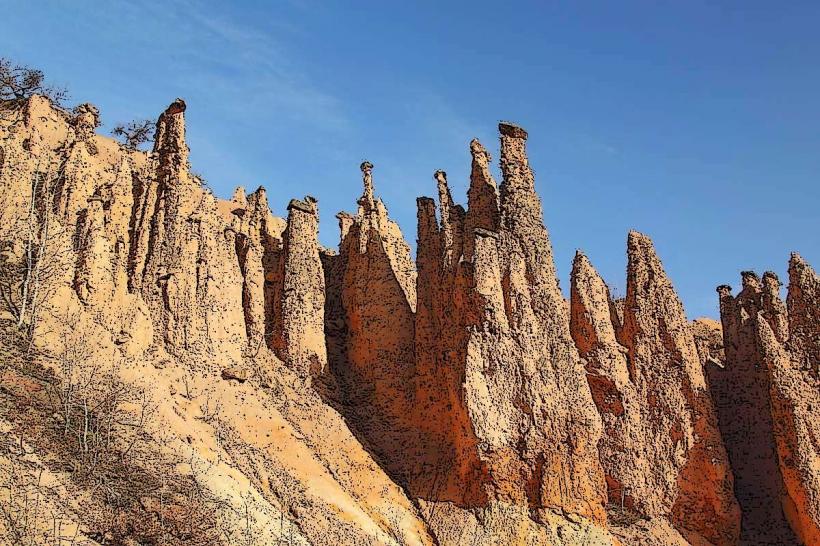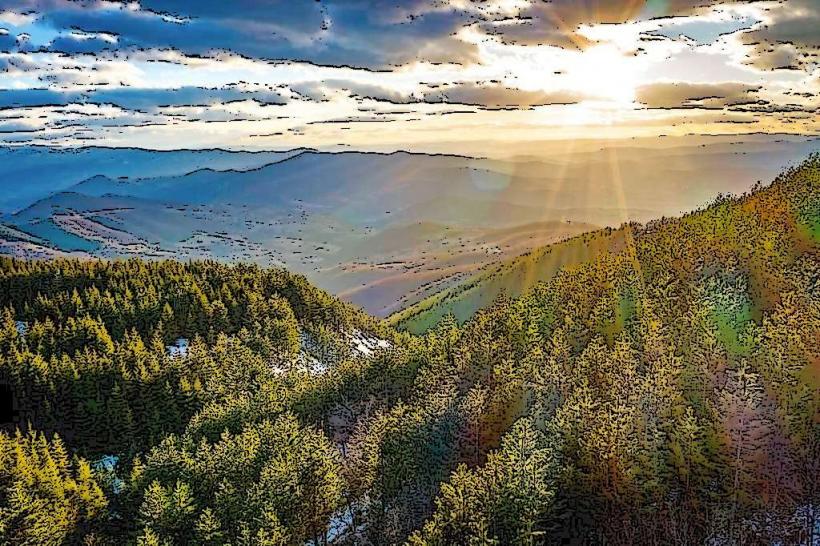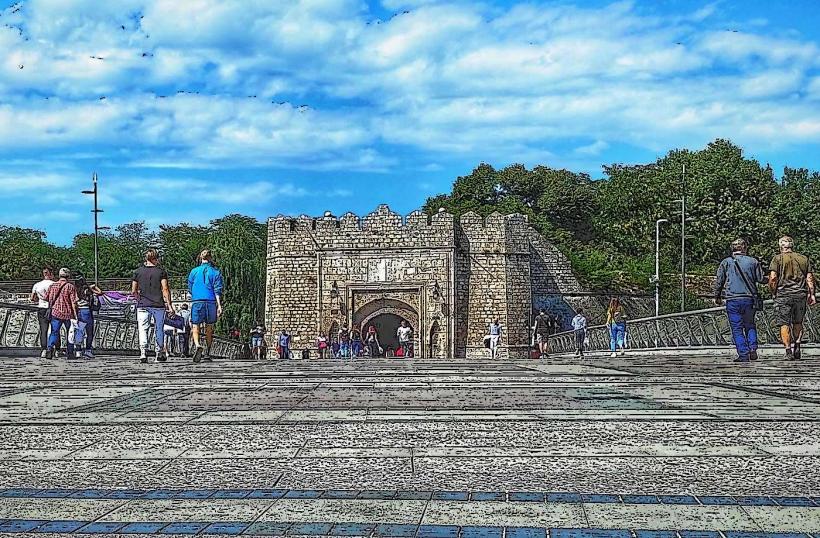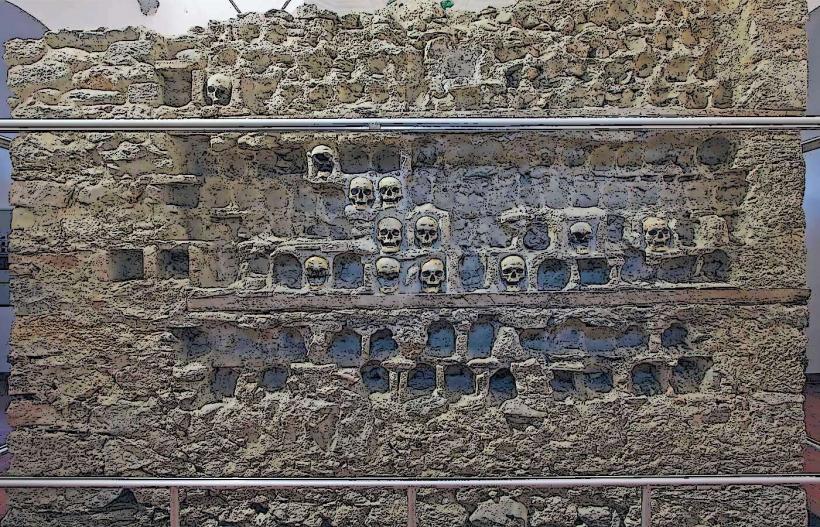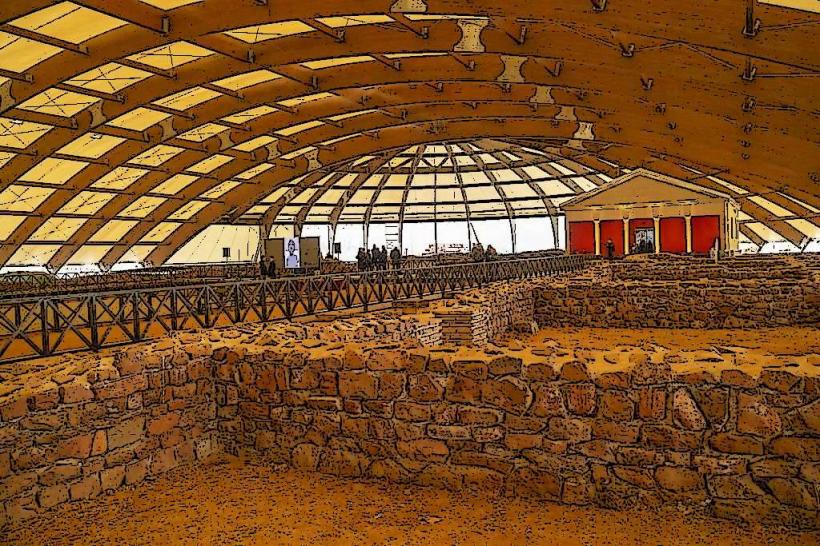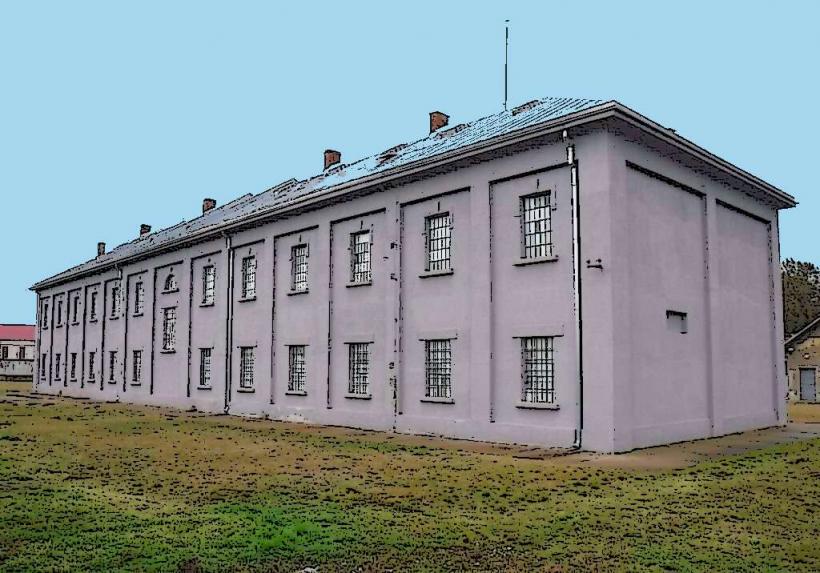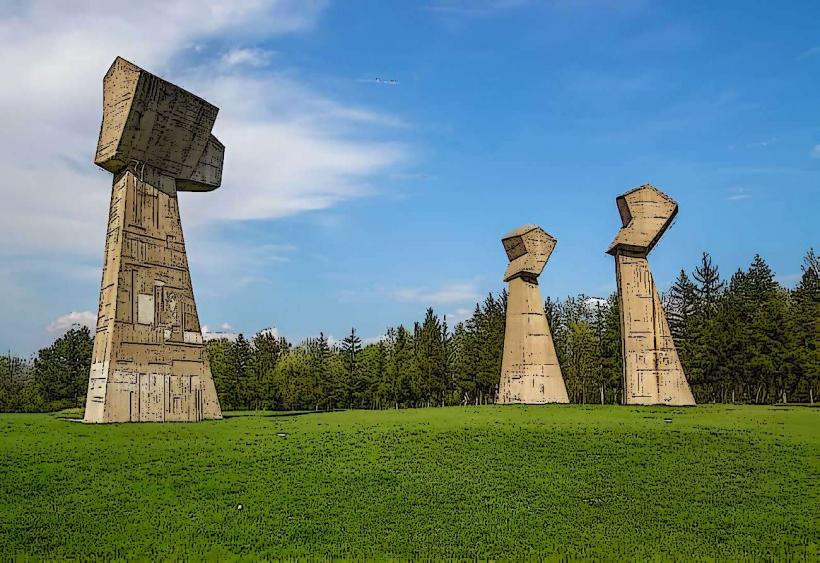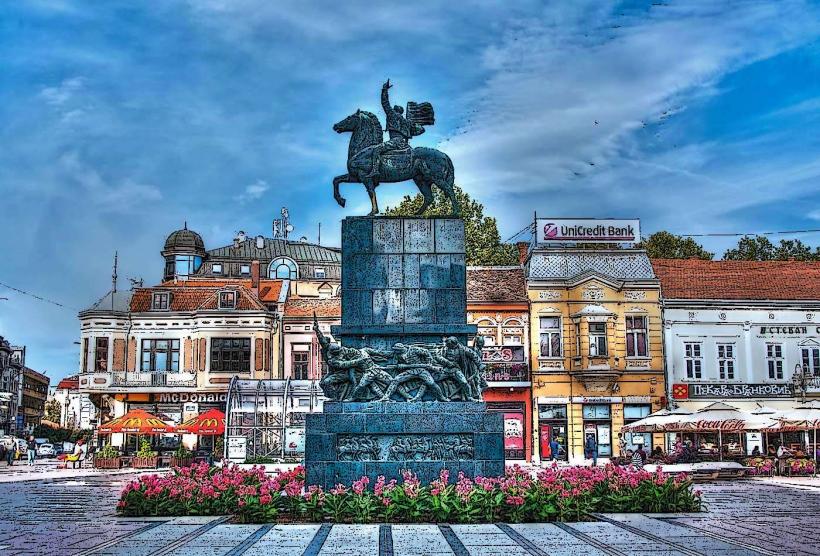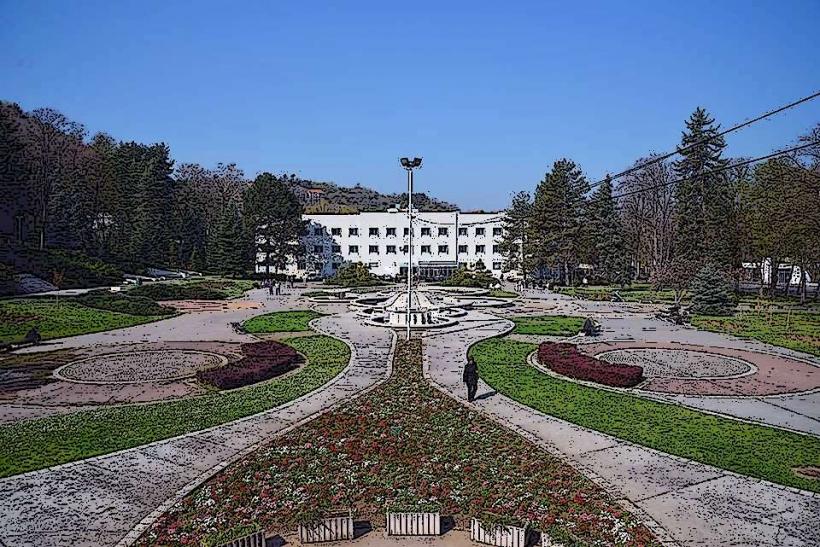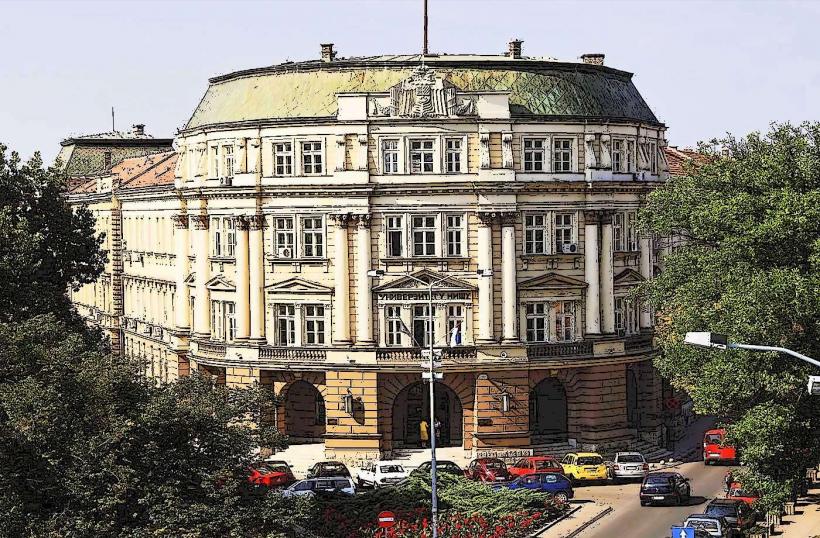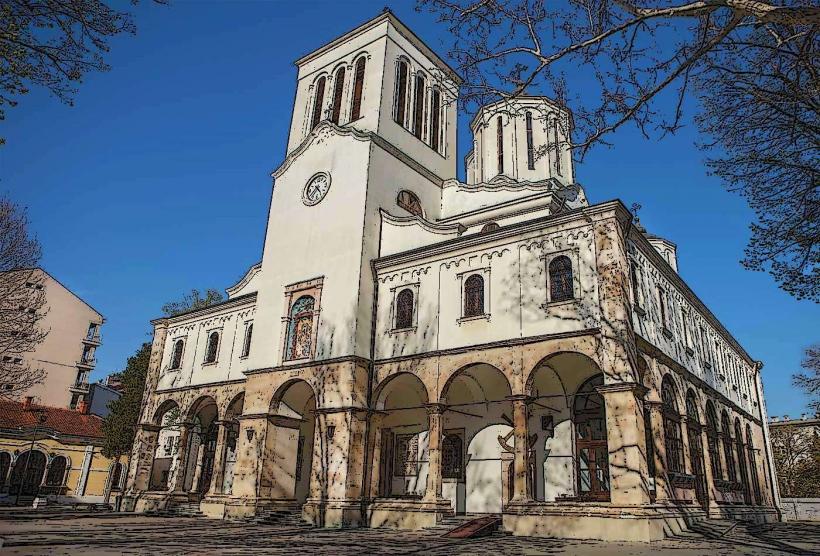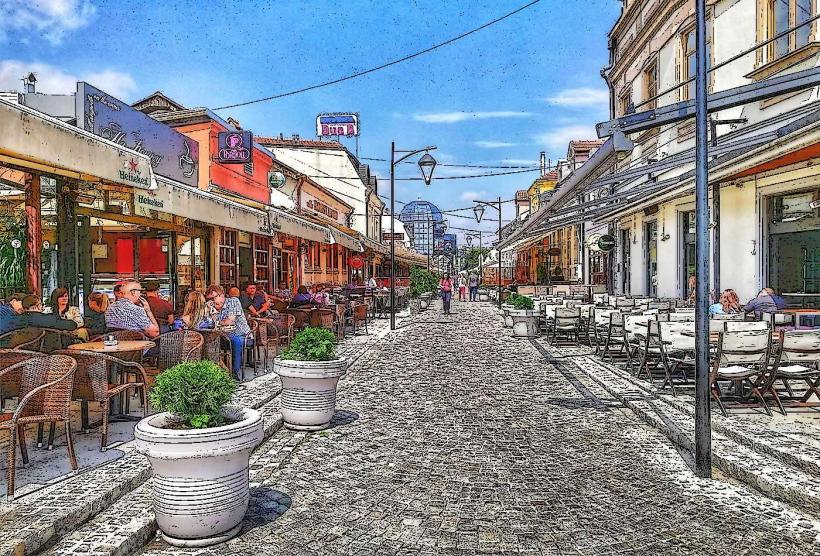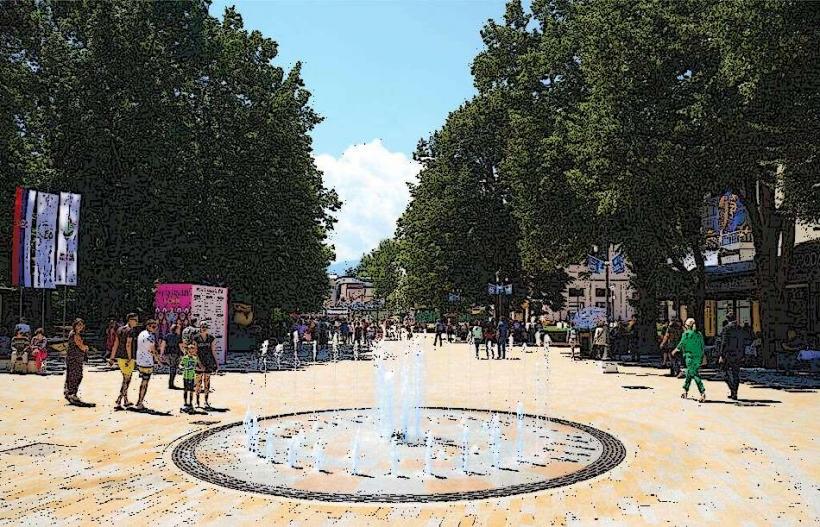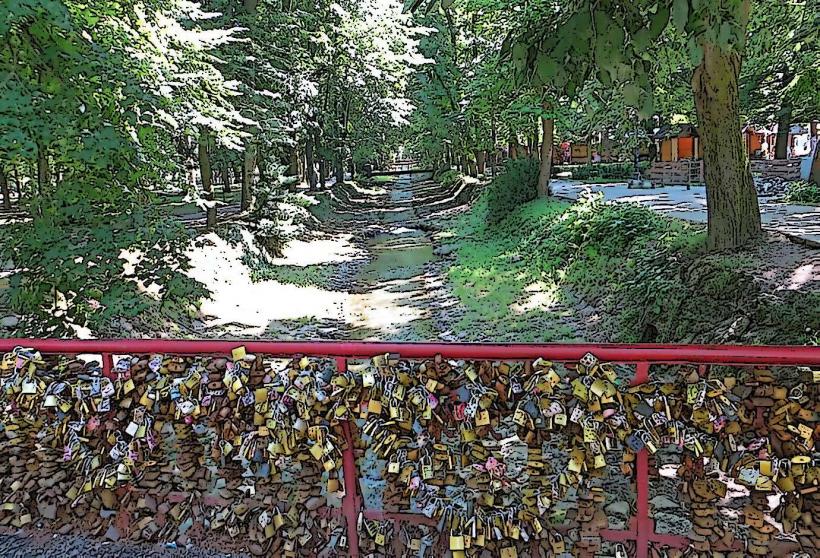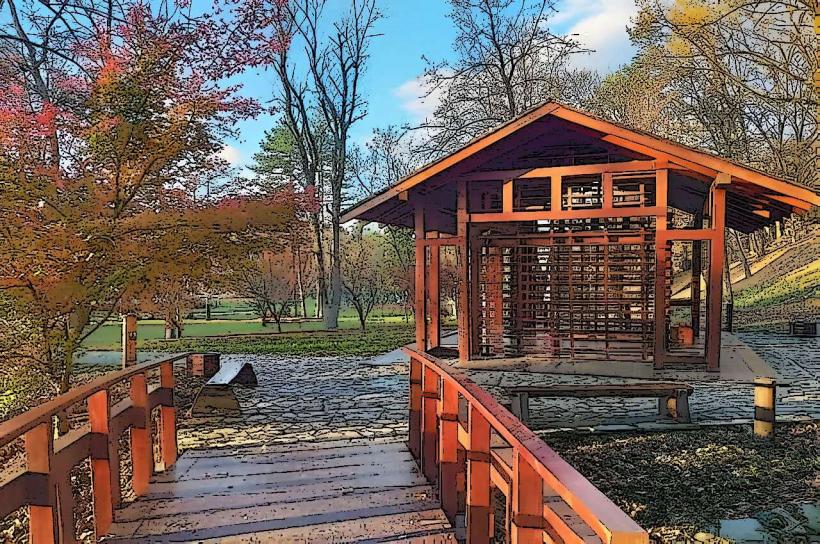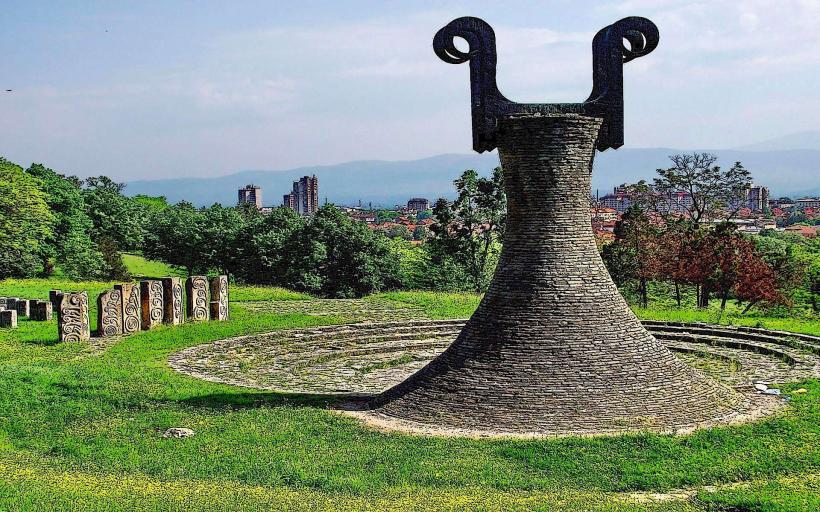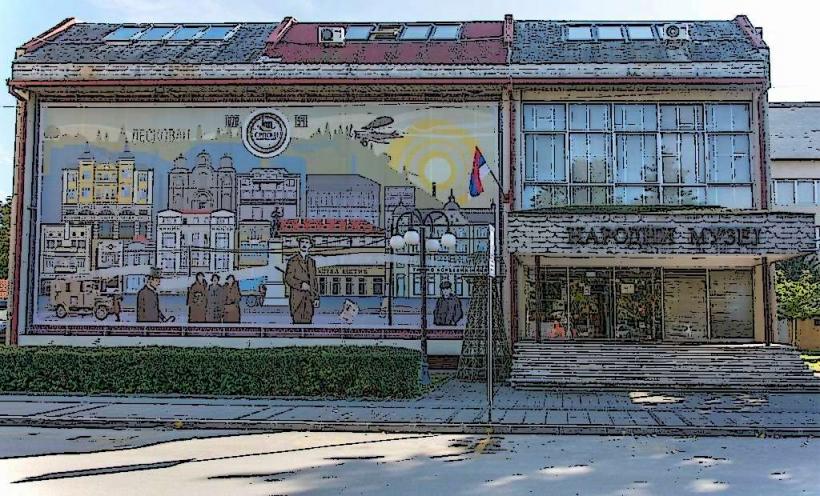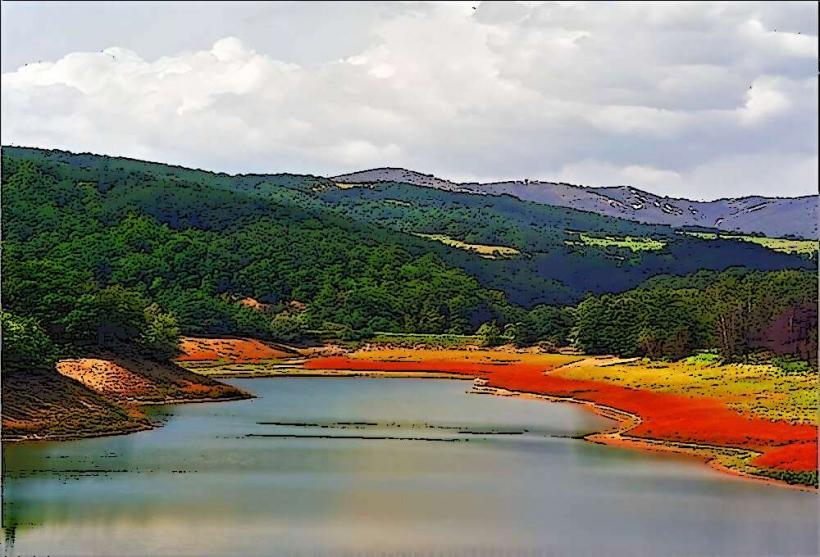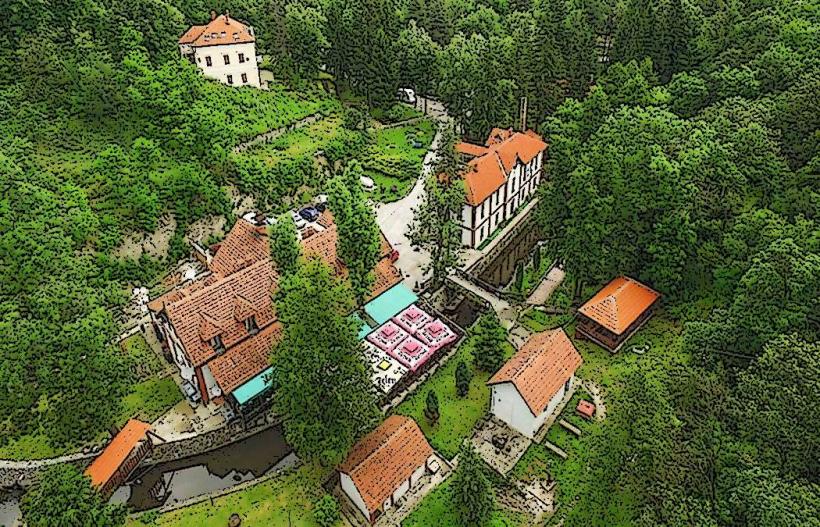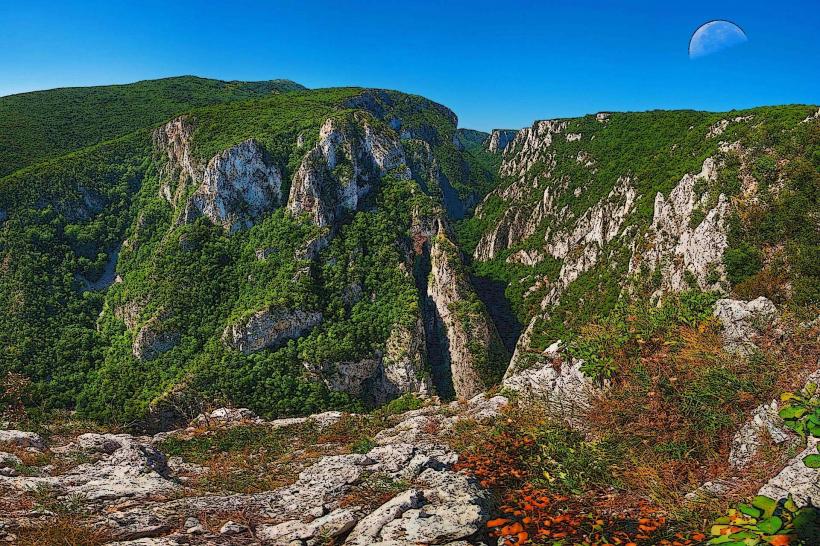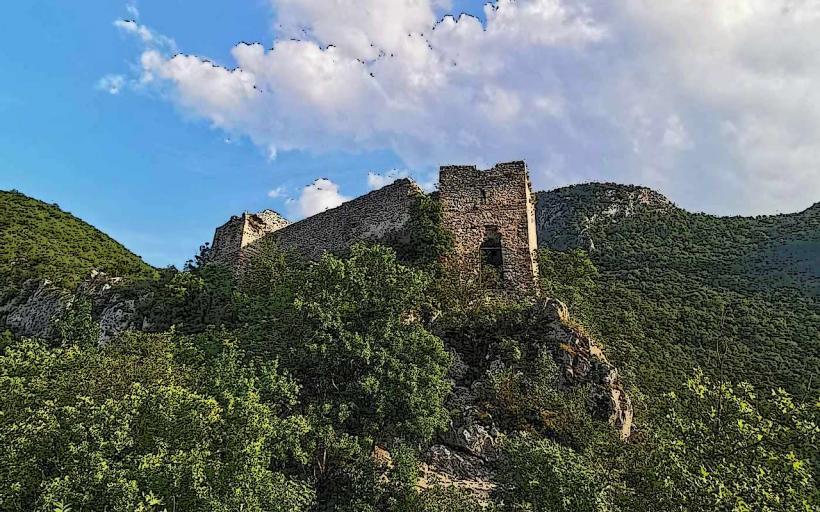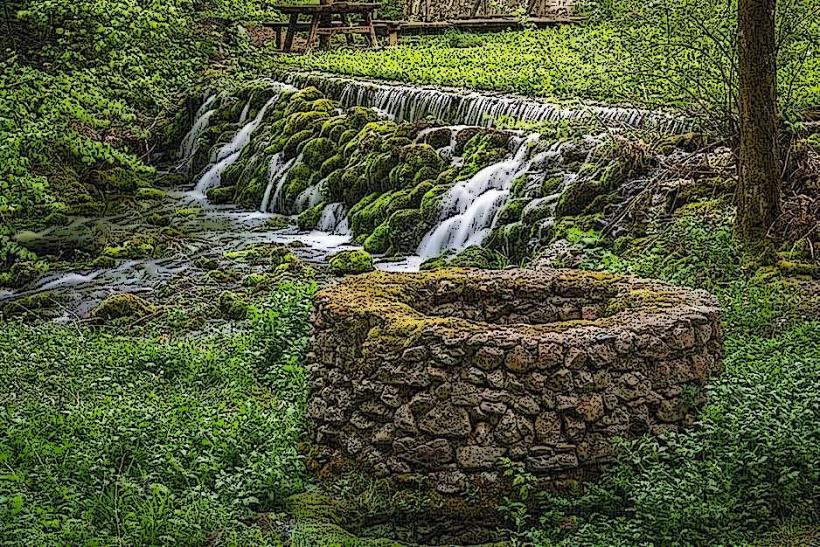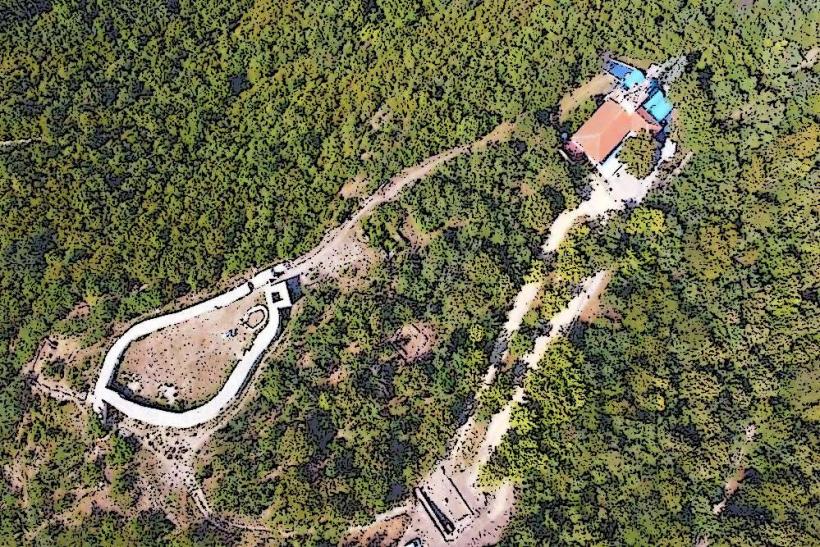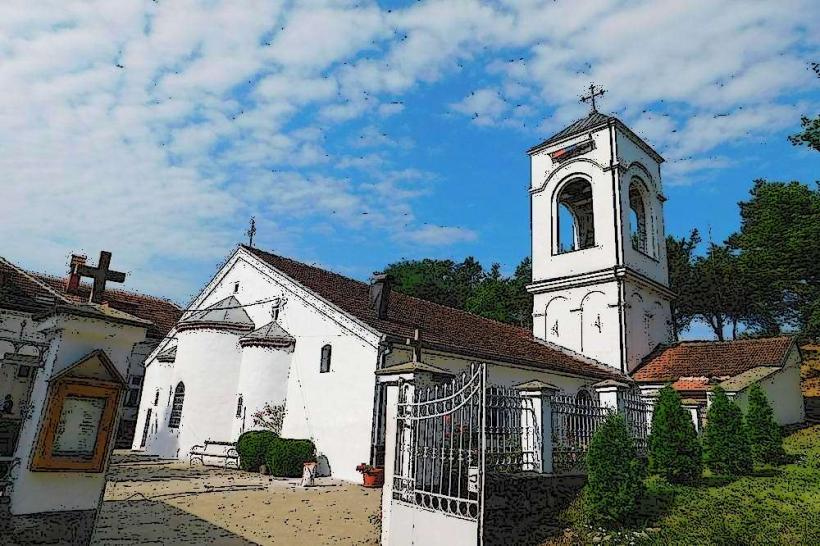Information
Landmark: Gamzigrad-Romuliana (Zaječar)City: Nis
Country: Serbia
Continent: Europe
Gamzigrad-Romuliana, also known as the Felix Romuliana, is an extraordinary archaeological site near Zaječar, Serbia. This late Roman palace and memorial complex is one of the most well-preserved examples of Roman imperial architecture in Europe. Recognized as a UNESCO World Heritage Site in 2007, it is significant for its historical, architectural, and artistic value. Below is a detailed account of its history, features, and importance:
Historical Background
Construction and Purpose:
- Felix Romuliana was commissioned by Emperor Galerius (reigned 293–311 CE), a Roman Emperor of the Tetrarchy, in the late 3rd and early 4th centuries CE.
- The site was intended as a palace and memorial complex for Emperor Galerius, named after his mother, Romula.
- Its dual function included serving as a place of residence and as a sacred site for imperial deification rituals.
Imperial Legacy:
- Galerius, a native of the region, sought to showcase his power and divine status through the construction of this lavish complex.
- After his death, the complex was used for ceremonial purposes and later abandoned following the decline of the Roman Empire.
Rediscovery:
- The ruins of Gamzigrad were rediscovered in the 19th century, with extensive archaeological excavations beginning in the 20th century. These excavations revealed its significance as a unique imperial complex.
Architectural Features
Fortifications:
- The complex is surrounded by massive defensive walls with 20 hexagonal and rectangular towers, highlighting its strategic and ceremonial importance.
Palace Complex:
- The central area includes the remains of luxurious residences, basilicas, temples, and administrative buildings.
- Structures were adorned with exquisite mosaics, sculptures, and marble decorations, many of which survive today.
Sacred Monuments:
- The site contains two mausoleums, believed to have housed the remains of Galerius and his mother.
- A monumental tetrapylon (four-way arch) stands as a symbol of imperial glory.
Mosaics and Art:
- The mosaics at Gamzigrad are among the finest examples of Roman art in the Balkans, depicting mythological scenes, geometric patterns, and nature motifs.
Thermae (Baths):
- The complex includes a well-preserved bathhouse, reflecting Roman engineering expertise in water management and hygiene.
Historical and Cultural Significance
Imperial Propaganda:
- Felix Romuliana served as a statement of Galerius' power and divine association, emphasizing the Tetrarchy's ideology of imperial divinity.
Roman Architecture:
- The site exemplifies the transition from traditional Roman architectural styles to early Byzantine influences, reflecting a pivotal era in the empire's evolution.
Religious Importance:
- The complex was a key site for apotheosis ceremonies, where Galerius and his mother were posthumously deified.
UNESCO World Heritage Status:
- Gamzigrad-Romuliana was designated a UNESCO site for its outstanding universal value as an emblem of late Roman imperial culture.
Tourism and Accessibility
Visiting the Site:
- Gamzigrad is located about 11 km from Zaječar, accessible by road. Visitors can explore the ruins, view reconstructed sections, and enjoy the interpretive displays at the site.
Museum in Zaječar:
- Many of the artifacts and mosaics uncovered at Gamzigrad are displayed at the National Museum in Zaječar, offering deeper insights into the site's history.
Annual Events:
- The site hosts cultural and educational events, including historical reenactments and lectures.
Interesting Facts
Name Origins:
- The name "Felix Romuliana" reflects Galerius’ desire to honor his mother, Romula, and imbue the site with notions of divine favor ("Felix" meaning fortunate or blessed).
Unique Urban Layout:
- The combination of a palace, fortification, and religious elements makes Gamzigrad-Romuliana unique among Roman imperial complexes.
Symbolic Architecture:
- The tetrapylon symbolizes the Roman concept of the world's four corners under imperial rule, aligning with the ideology of the Tetrarchy.
Why Visit Gamzigrad-Romuliana?
Gamzigrad-Romuliana offers a glimpse into the grandeur of Roman imperial architecture and the intricate blending of power, art, and religion. It is a must-visit for history enthusiasts, archaeology lovers, and those interested in the late Roman Empire's cultural legacy. The site, set amidst the picturesque Serbian countryside, combines historical exploration with natural beauty, making it a memorable destination.

